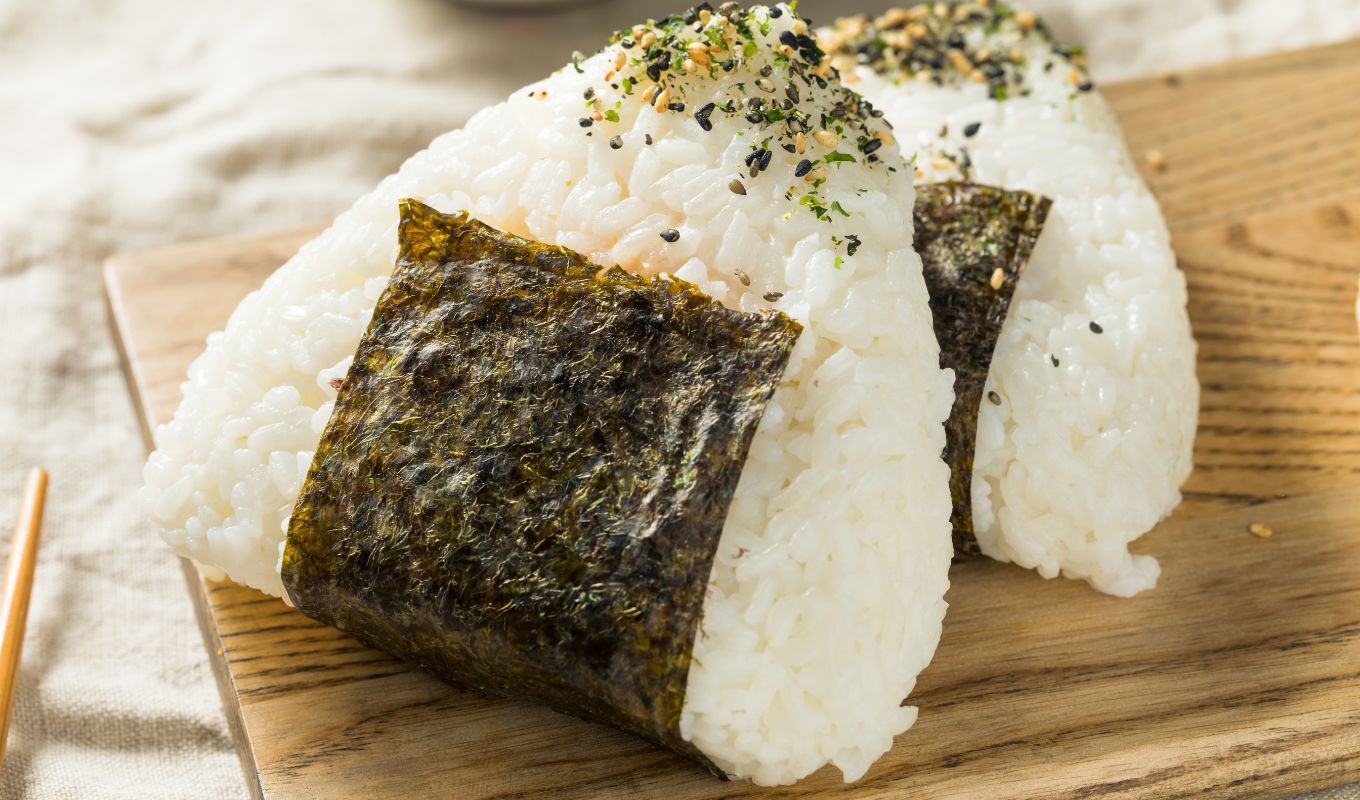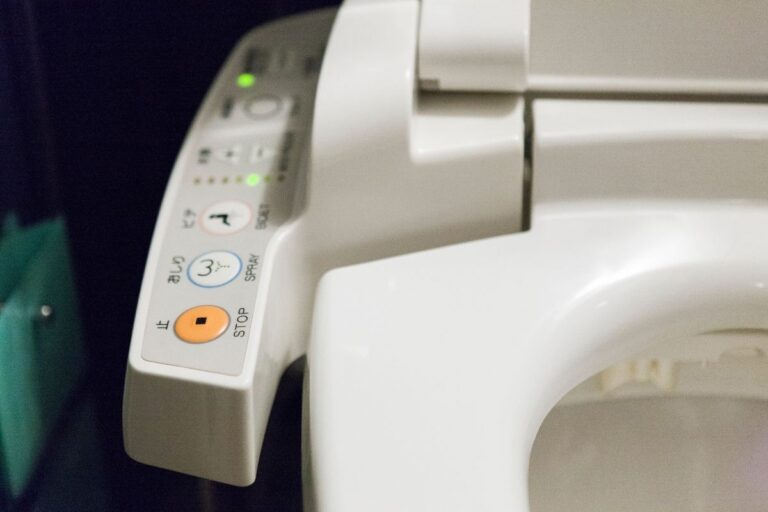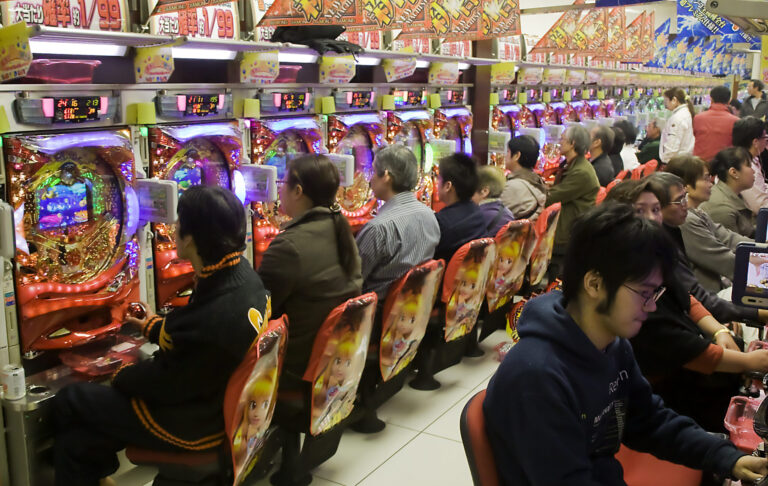While in the West, you might pack or grab a sandwich when you want to eat on-the-go, in Japan, you may grab a rice ball, or onigiri. When you think of white rice, you probably don’t imagine being able to scoop it into a ball and take it on the go without it falling apart. However, onigiri is actually just that.
Onigiri is rice that’s specially prepared to remain sticky so that it’s easily shaped. The rice (white rice only) isn’t rinsed before cooking, which helps contribute to its stickiness and makes it clump together. The rice also can’t be instant rice and is usually short-grain. Depending on the chef, a small amount of salt may be added to help preserve the rice but is not always necessary.
The rice is then shaped into a convenient small form. Although usually translated as “rice balls,” onigiri are more often triangular in shape than circular, but they can also be circular, oval or rectangular (often confusing people unfamiliar with the dish who think that it’s sushi), star-shaped or any kind of shape the chef desires. To help keep the rice together, the outside of the rice is usually (but not always) partially wrapped in a strip of dried seaweed (nori).
Some onigiri are served plain, but there’s often at least one (usually salty) ingredient literally stuffed into the middle of the ball of rice. This helps not only contribute to longer preservation but gives the onigiri more flavor. Popular ingredients include umeboshi (pickled ume, an apricot-like fruit), kombu (dried kelp), satled salmon, dried tuna, and salted roe. In some parts of the world, particularly in Hawaii, onigiri is often prepared with Spam.
Japanese people frequently have onigiri for lunch (either on its own—perhaps more than one at a time—or paired with something else) and you’re more likely to see a student buy or pack an onigiri from home than a sandwich. People frequently make their own onigiri, but they can also buy them from convenience stores, vending machines and cafeterias for cheap. Ongiri are high in carbohydrates, so they’re filling and give you a fair amount of energy. However, they’re not typically a delicacy eaten for dinner or ordered at a restaurant.
Have you ever eaten an onigiri? Do you think you would like to try one? Would you rather have rice or sandwiches for lunch?
No related posts.
Tags: Food, japan, japanese culture, japanese students, lunches, Rice




